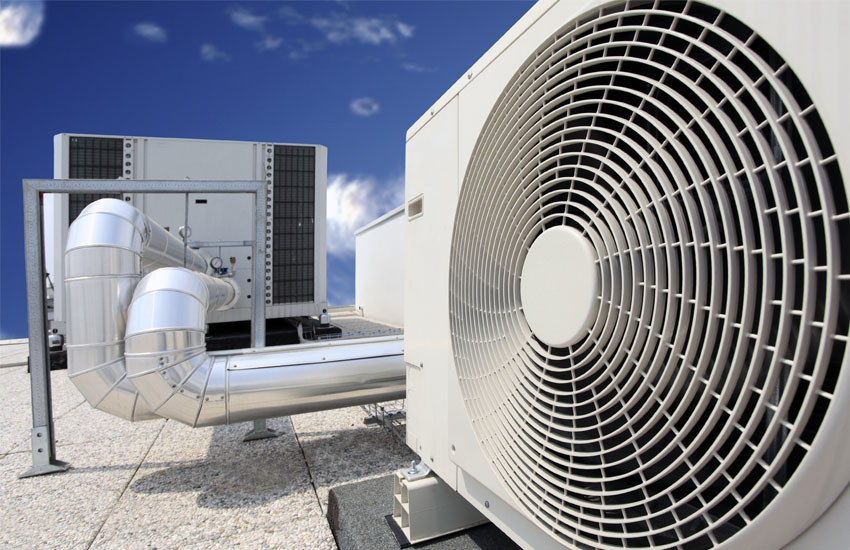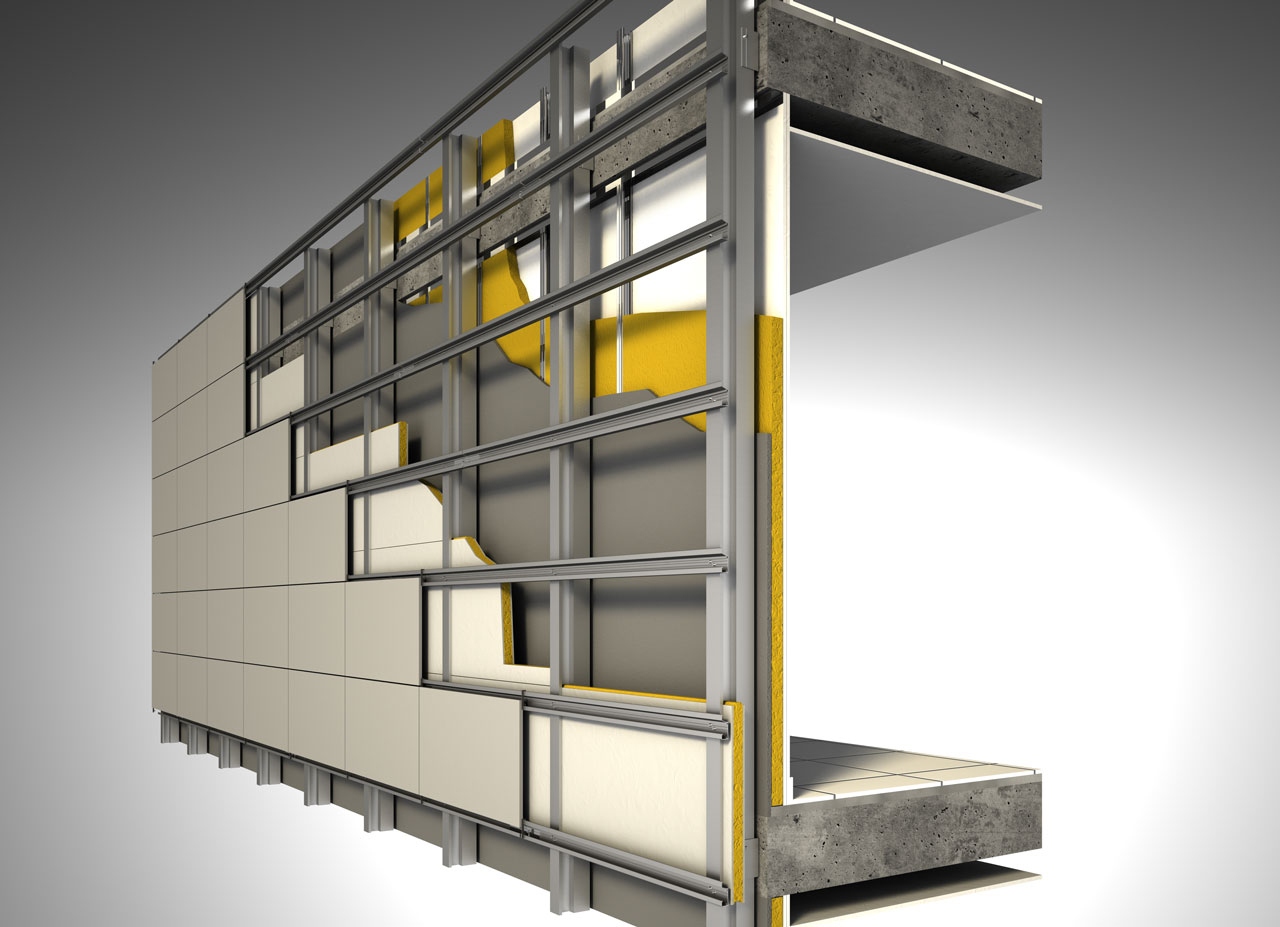What is a diffuser and what is it used for? Its main purpose is to supply and remove air from the room, in addition, it plays the role of an air flow distributor. In fact, the diffuser is a regular grille that completes the ventilation duct. It has a special shape that ensures optimal air distribution, that is, diffusion (mixing) of the air masses present inside the room. The special shape of the lattice, as well as the presence of various (small or slot-like) holes, blades, are designed to facilitate this process. In order to prevent air from entering the room directly, a static pressure chamber is made, and in fact it is simply an expansion of the duct to regulate the air flow rate and prevent drafts.
Diffusers are used where there is a supply and exhaust or just supply ventilation system. Apartment buildings are usually equipped with only draft ventilation. In such cases, they are usually limited to a simple grill on an outlet. While supply ventilation can be carried out under the ceiling or taken out there from the floor.
Diffusers and ventilation grilles: types and classification
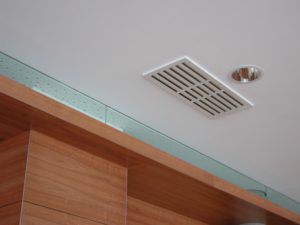
First of all, there is a distinction between adjustable and unregulated diffusers. Their main purpose is to change the direction of movement of the air stream. In addition, diffusers can be supply and exhaust. The first type is aimed at uniform distribution of air masses inside the room, and the second is aimed at removing air masses outside.
Depending on the shape, the following types of diffuser grilles can be distinguished:
- round;
- square;
- rectangular.
The material can be used:
- plastic;
- aluminum;
- steel.
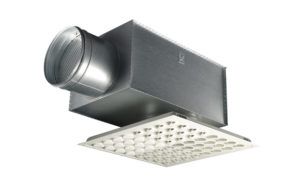
Each type has its own advantages. Metal grilles are stronger and more durable and often have a beautiful design. But plastic does not rust, is lighter in weight and more varied in size and color.
Diffusers can also differ in different directions of air supply, they are varied in color and size, they can be simple or decorative. Some of them are moisture resistant, and are designed for use in high humidity conditions.
- Swirl diffuser is available in both round and square. If it is used for the reverse side of the supply ventilation, then it is additionally supplied with a ring and an impeller. If the latter is not in the diffuser, then the installation is carried out by means of screws. Fastening is done either through brackets or through flange holes. The profiled plate is located directly in the center. In the adjustable model variation, there are elements that allow you to change the volume and direction of air masses. In large rooms with a large air volume, an anemostat can be used to create the most comfortable atmosphere.
- The slotted ventilation diffuser, which regulates the angle of the air supply, has such important advantages as compactness and conciseness. The hole itself is often invisible. The ceiling diffuser is available in round, square and rectangular designs. The main advantage of such devices is that they can be safely positioned behind a decorative ceiling and thereby disguise it. The devices are suitable for rooms with ceilings ranging from 2.6 to 4 meters in height.
- There are decorative diffusers that can be made of plastic, steel, or aluminum. Their service life and the price of a product are determined, first of all, by the quality of the material.Such intricate models will decorate any room. Multiple elements can be accommodated using the sequential connection method and the supplied hoses. Sealing is done on the end elements using mechanical seals.
In terms of functioning, a round diffuser does not have any differences from a square one. Above the static pressure chamber, only a grill is visualized, which plays the role of an area for the accumulation of dust and fine debris, and is important for providing exhaust ventilation. Features and installation methods of diffusers are different depending on the layout of the room and the nuances of the ceiling design. It can be easily installed with your own hands and thereby save on labor costs for installation specialists.
Diffuser installation
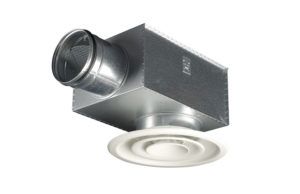
The installation of an element depends on its shape and type of ceiling. Square and round elements can be mounted in a stretch ceiling or drywall during construction. The device can be installed on any ceiling material.
Installation sequence:
- Marking is made for fasteners.
- The points of attachment of the frame and ceiling are marked.
- Structural dimensions are marked.
- The wall is lowered with a small gap, using a circle on concrete and a grinder.
- The body is inserted, the necessary holes are drilled for fastening.
- The joints are treated with a sealant (to avoid air leakage).
- Using bolts or self-tapping screws, the element is attached to the intended plane.
The circular ceiling diffuser can be installed anywhere on the ceiling as it is less visible. A square diffuser with standard dimensions is used for cassette ceilings, replacing one of the tiles. The main thing is to correctly integrate ventilation grilles into the ceiling structure in order to facilitate maintenance. The square ceiling diffuser is most often installed in cassette ceilings instead of decorative tiles. This will allow you to maintain the ventilation system without any problems.






